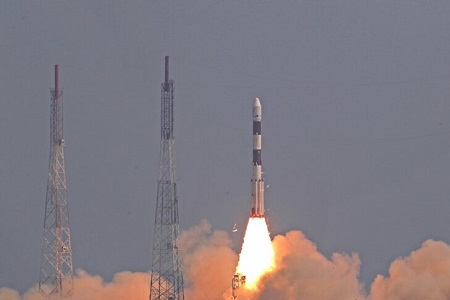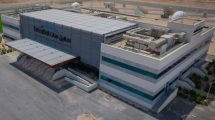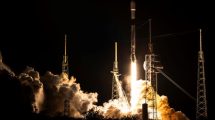
The Indian Space Research Organisation’s Polar Satellite Launch Vehicle (PSLV) launched nine satellites, including eight nanosatellites, into space from the first launch pad at the Satish Dhawan Space Centre in Andhra Pradesh’s Sriharikota.
The 44.4-meter rocket launched with a lift-off mass of 321 tonnes with its primary satellite being the Earth Observation Satellite-6, also dubbed the Oceansat-3.
The eight nanosatellites were developed by private companies and jointly by India and Bhutan. The Earth Observation Satellite-06 is the third-generation satellite in the Oceansat series and is designed to provide continuity services of Oceansat-2 spacecraft with enhanced payload specifications as well as application areas.
The satellite will be deployed in the sun-synchronous orbit. They are synchronised to always be in the same fixed position relative to Sun.
PSLV-C-54 is also carrying Anand, a technology demonstrator nano satellite, which is aimed at demonstrating the capabilities and commercial applications of miniaturized earth-observation cameras.
ISRO Chairman S. Somnath declared the mission a success in a speech made about two hours after launch. “I am really happy to announce the successful accomplishment of the PSLV-C54/EOS-06 mission,” the chairman said. “We also observed that the performance of the rocket in this mission in all its stages and functions were exceedingly good.”
The EOS-06 is the third-generation Earth observation satellite in India’s Oceansat series, designed to provide “continuity services of Oceansat-2 spacecraft with enhanced payload specifications as well as application areas,” according to ISRO’s pre-launch document of the mission.
The mission would be one of the longest ones undertaken by the Isro scientists who would engage the rocket to change orbits using two-orbit change thrusters (OCTs) used in the PSLV-C54 launch vehicle.












Add Comment